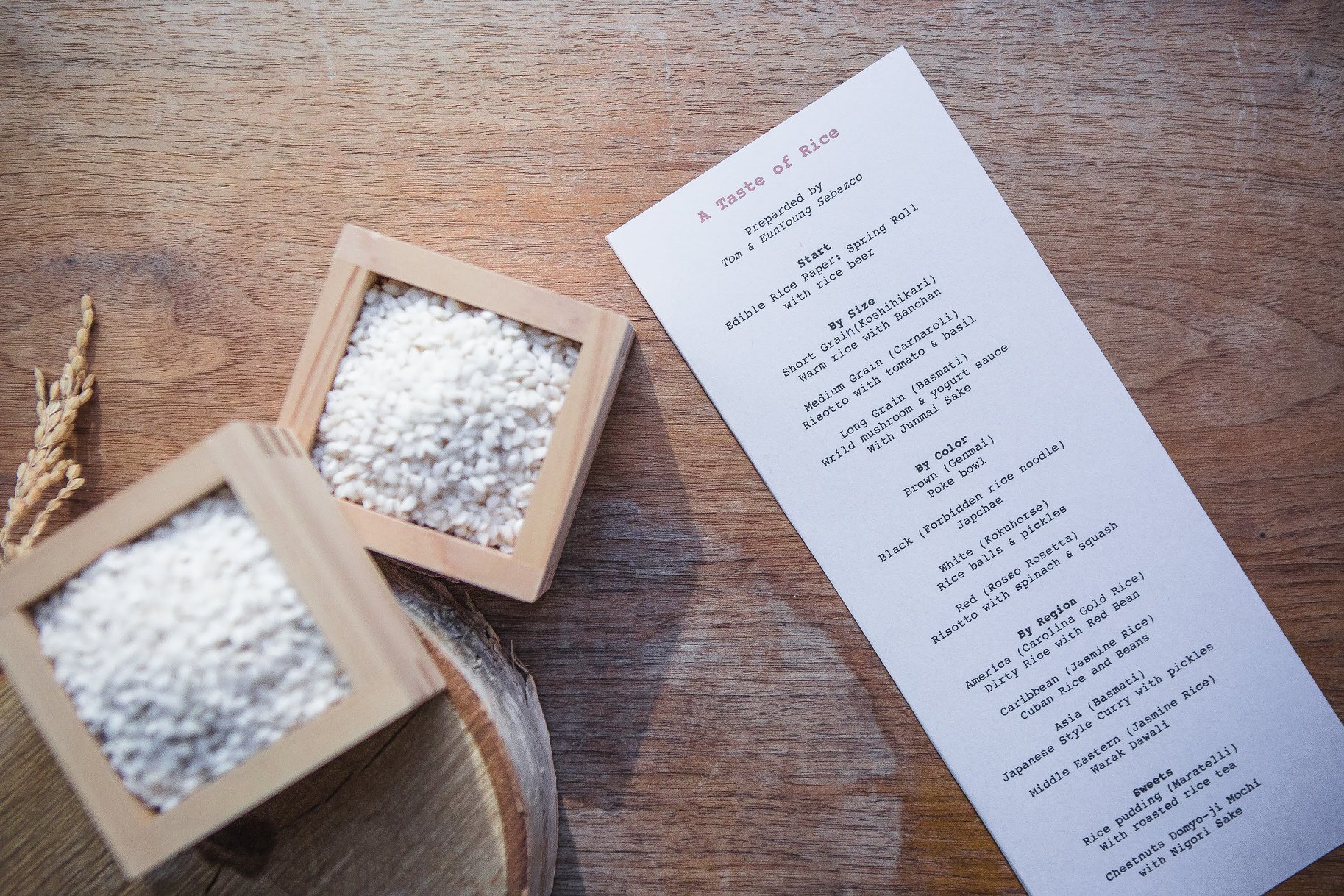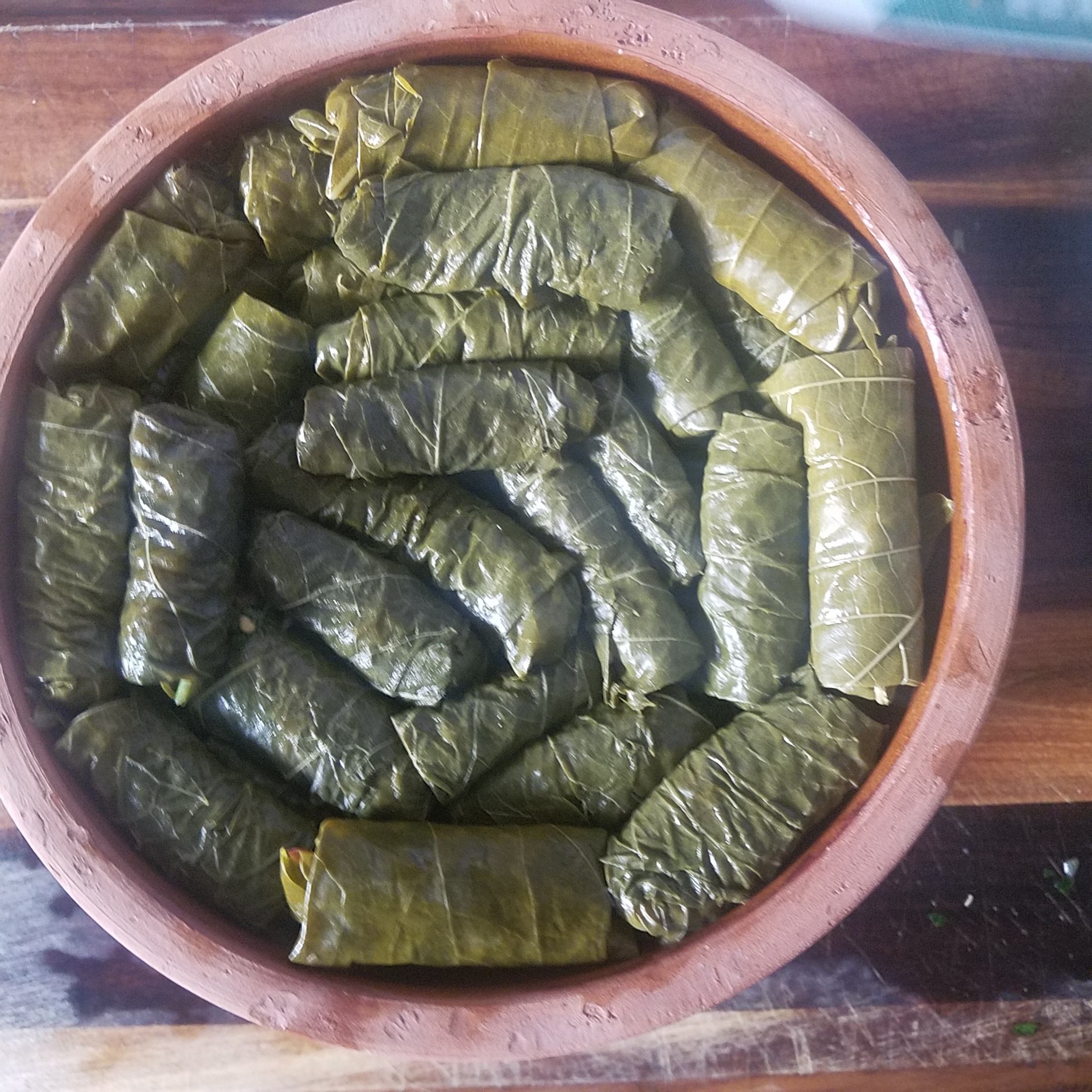Craftmanship with Rice
/The Birth of Sake came back in NYC, IFC Center last weekend. As expected, it was a beautifully executed documentary describing sake brewing season. Sake makers are commit 6th months being away from their family and they input their soul into the 6th generation of traditional sake methods. We were fortunate to be present for the Director & producer Q & A after the screening.
How did you feel during the film?
The Crew and sake makers lived together for the during the shooting of the documentary. This allowed sake makers at the Brewery to open their heart and build trust, as one of their own.
How long did it take to film?
3 extended visits for 2 years
What was the biggest change/challenge the story?
One of sake makers (Yuchi) sudden and unexpected death provided devastating emotional turmoil as Japanese do not like to display emotion openly.
What was a initial meeting and how did you approach them?
Erik met Yasuyuki Yoshida brewery’s sixth-generation heir at a fundraising event. Erik had asked him to donate their sake for the event. Since then, their friendship grew over the next year and he visited the the Brewery and fell in love with the process of making sake. It was originally intended to be a Short film, but it became a full length documentary feature film.
Is there female workers?
Like other Japanese craftsmanship, Japanese believe the God of Sake will not allow any female workers in their work. They believe it would bring jealousy. However, the new generation has made a change to bring a female workers for the first time last year (2015.)
How is their Business doing now?
Since the Film screened in public two years ago, their sales has increased. As a result, they have extended the work from 6 months to 7 months in production.
How many crew members for this film
Usually Director and producer, sometimes a 3rd person for audio
What is the difference of this Brewery that distinguishes it from a modern sake Brewery?
Modern sake making is year round and a full time 9-5 pm without discrimination upon the rice quality. Over the course of the year, Rice quality and/or flavor could be different and it has to be to adjusted. The best way to control the quality is the traditional way used by this traditional brewery and not by the mass produced factory process where this is not accounted.
What was the reaction from sake makers and/or village?
As Special guest, the master and Yuchan were at Tribeca film festival. It was also screened in their town, where it became very emotional because Yuchi’s sudden death.
Explain the film’s ending:
Wanting to film as a circle, the film starts at the brewery in beginning of sake making and the ends with sake makers walking back in brewery again for new season displaying the cycle as continuous.










